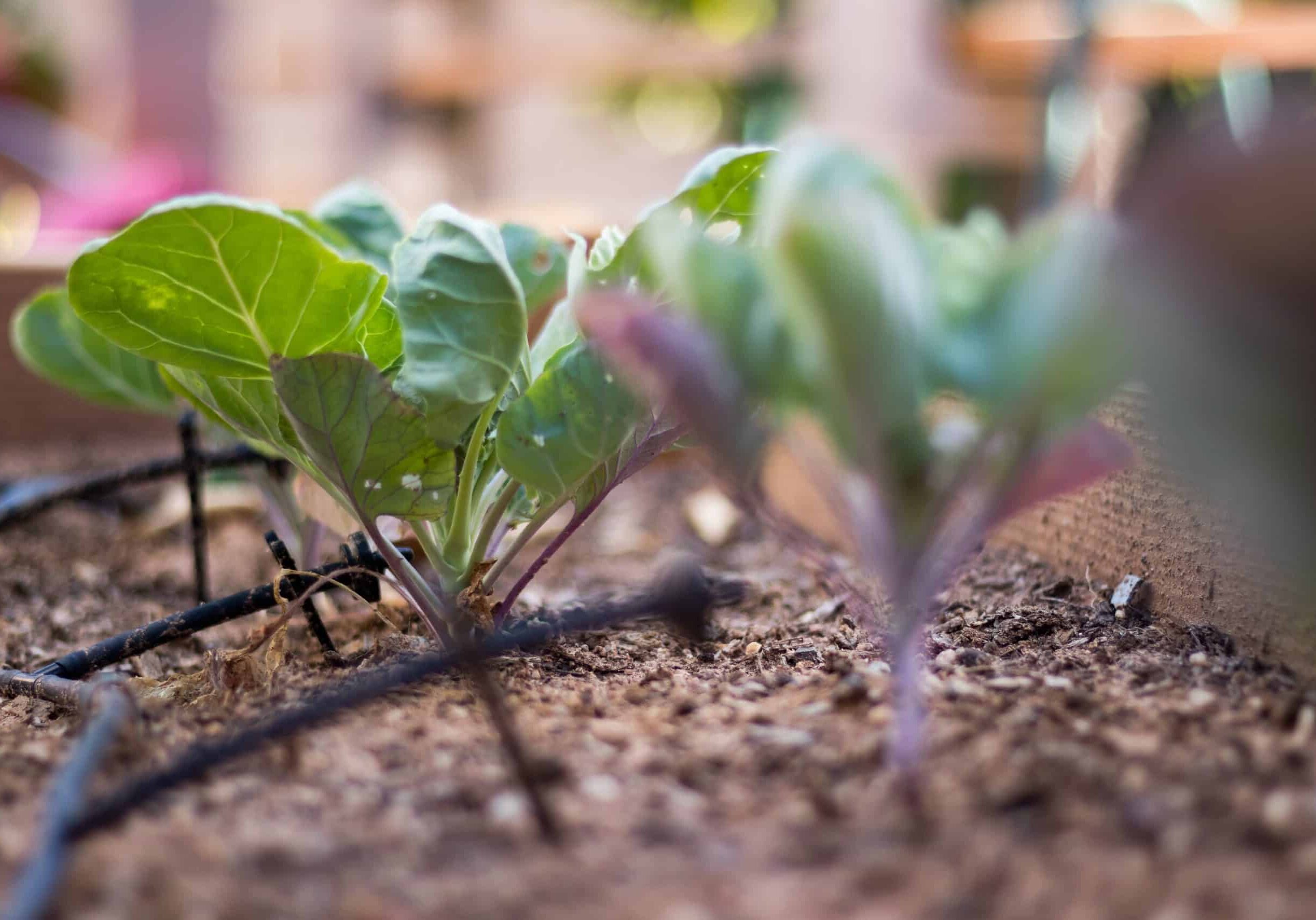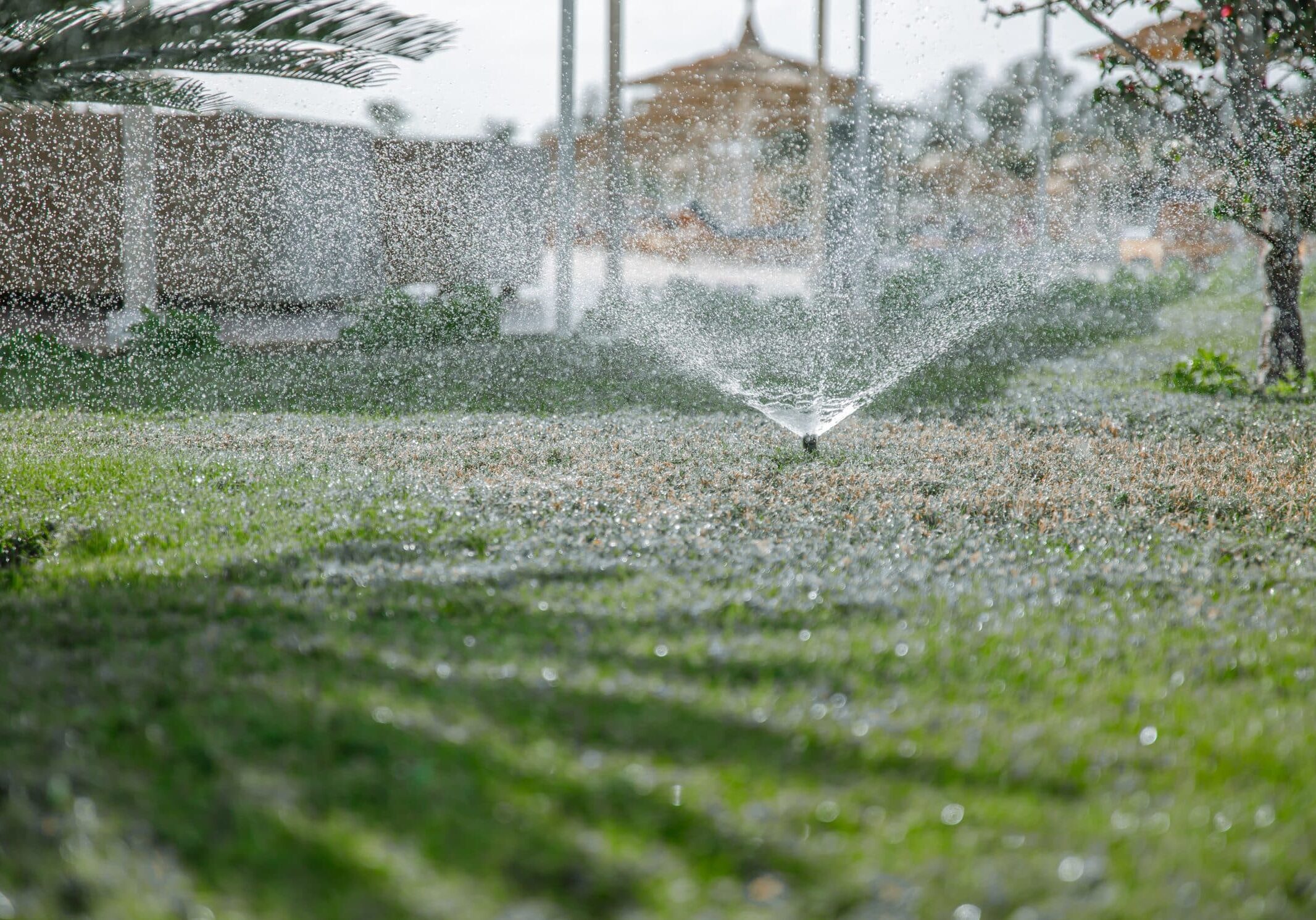
Drip Irrigation
Drip irrigation stands out as a superior plant-watering method that effectively delivers water directly to where it matters most—the roots of your plants. This direct delivery system is a departure from the traditional methods, such as sprinklers that indiscriminately spray water, including areas where it's not needed. By adopting drip irrigation, you can achieve a highly efficient watering regimen that maintains optimal moisture levels right at the root zone, ensuring that every drop serves its purpose without waste.
Drip irrigation is a fuss-free plant-watering method that optimizes water usage. Unlike traditional sprinklers, drip irrigation systems supply water directly to the roots of your plants.
Additionally, drip irrigation methods will keep your foliage dry while plant roots remain well hydrated. As such, drip irrigation will help prevent the infestation of destructive pests (like mildew) commonly attracted to damp and soggy conditions.
We have provided our drip irrigation services in residential and commercial settings such as greenhouses, hanging plants, flower beds and more. Drip Irrigation conserves water by using only a small amount of water

FAQ'S
The benefits of using an extensive drip irrigation system are numerous. Firstly, it ensures that water is delivered directly to the root zone of plants, minimizing water loss due to evaporation or runoff. This targeted watering approach also reduces weed growth, as water is delivered only to the intended plants. Additionally, an extensive drip irrigation system helps prevent diseases by minimizing wet foliage and ensuring that leaves and stems remain dry. This efficient water delivery system also allows for precise control of water distribution, leading to healthier plants and higher crop yields.
Extensive drip irrigation systems are designed to conserve water in several ways. Firstly, by delivering water directly to the root zone of plants, it eliminates wastage caused by overspray or runoff typically associated with traditional overhead sprinklers. This targeted watering approach also reduces water loss due to evaporation, as the water is delivered precisely where it is needed. By eliminating excessive water usage and minimizing evaporation, extensive drip irrigation systems can help conserve water resources significantly.
Several key components are required for an extensive drip irrigation system. These include a water source, which could be a well, reservoir, or municipal water supply; a pump to pressurize the water; a filter to remove debris and sediments that could clog the system; a pressure regulator to maintain consistent water pressure; pipes or tubing to distribute the water; emitters or drippers to deliver the water directly to the plant's root zone; and optional additional components such as timers and sensors for automation and monitoring. Each component plays a crucial role in ensuring the effective functioning of the drip irrigation system.
The installation process of an extensive drip irrigation system follows a systematic approach. Firstly, a detailed plan is created based on the specific needs of the landscape or crops to be irrigated. This includes mapping out the water source, layout of the irrigation lines, and determining the location and spacing of emitters or drippers. Once the plan is finalized, the installation begins with connecting the water source to the system using pipes or tubing. Filters, pressure regulators, and other necessary components are installed along the main line. The distribution lines or laterals are then run throughout the landscape, ensuring proper spacing and alignment. Emitters or drippers are attached at appropriate intervals along the distribution lines, taking into consideration the water requirements of each plant. Finally, the system is tested, adjustments are made if needed, and any necessary fine-tuning is carried out to ensure an optimal drip irrigation system.

